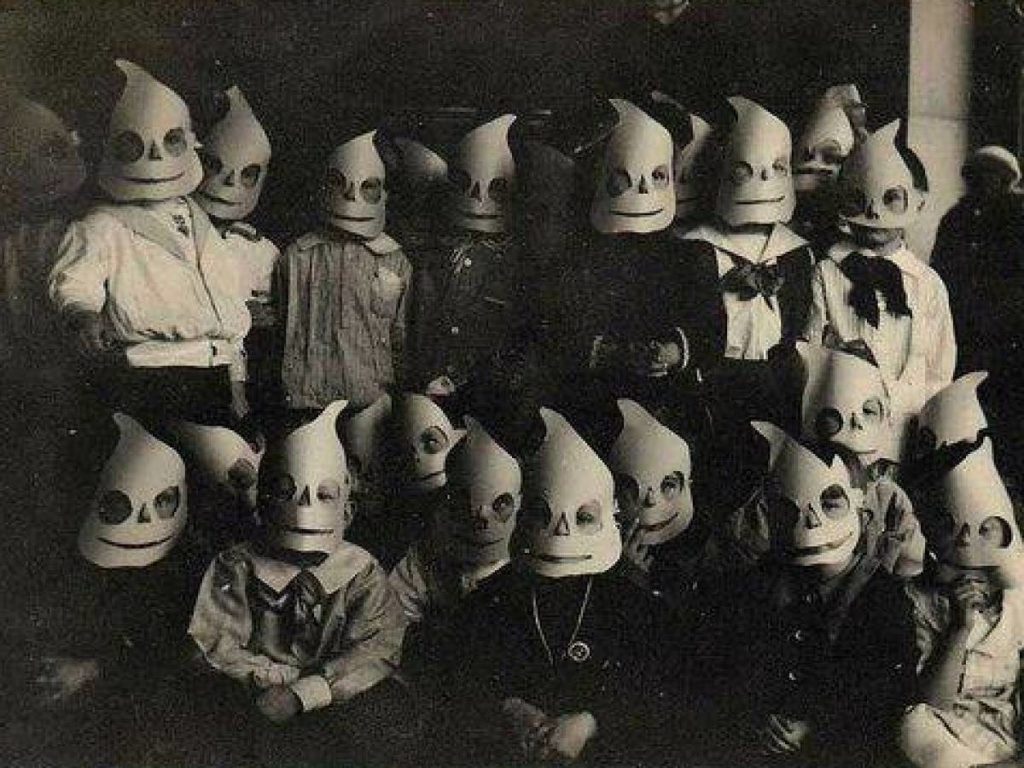From Samhain to Halloween: what’s the history behind your favourite holiday?
What’s your first thought when someone mentions Halloween? Children wearing costumes? pumpkins? You’re not wrong, as children wear scary clothes all day long and ask for candy…but Halloween is also a mystical tale that survived the test of time.
Back in the day, Halloween was known as the festival of Samhain, which traditionally was the last day of the year on the Celtic calendar. The Celts, based in Great Britain, Ireland and North-West of France, used to celebrate their new year’s eve by organising processions to honour the dead and to ward off ghosts. For that purpose, they used to light fires and wear costumes. That explains part of the tradition we still cherish nowadays.
In the first century, the Roman Empire conquered most of the Celtic territories and incorporated two events of the Celtic celebration of Sahmain that actually remained for decades: Feralia, dead celebration, and the festival of Pomona, aimed to honour the goddess of fruit and trees.

In the 9th century, Pope Gregory IV decided to set up the Catholic feast of All Saints’ Day on 1st November, a day that is still in force today. The ‘Halloween’ word is the contraction of ‘All Hallows Eve’, the evening before All Saints’ Day. The celebrations remain quite similar to the Celtic ones.
Thanks to a considerable Irish community that migrated to North-America throughout the 19th century, this holiday remained a reference in both the United States and Canada. Nowadays, common sense will tell you that Halloween is an American holiday.
The Halloween tradition became obsolete during the 20th century in most European countries. However, thanks to the American pop culture a resurrection of this celebration seems to be happening. As a proof of this movement check Visit Brussels recommendations for this year.



